Looking at the captivating design of the galaxy flower will take you on a journey to the vastness of interstellar space. This specific type of Petunia variety has a stunning appearance that reflects a starry night sky, including various celestial objects. The Night Sky flower is an ideal option for people who want to add a cosmic element to their landscape due to its unearthly beauty.
If you’re considering planting these shimmering petals in your garden, it’s crucial to understand their unique attributes. In this article, we’ll delve into some essential information about these exquisite Petunias. So, keep reading to discover more and prepare to bring a piece of the universe to your outdoor area!
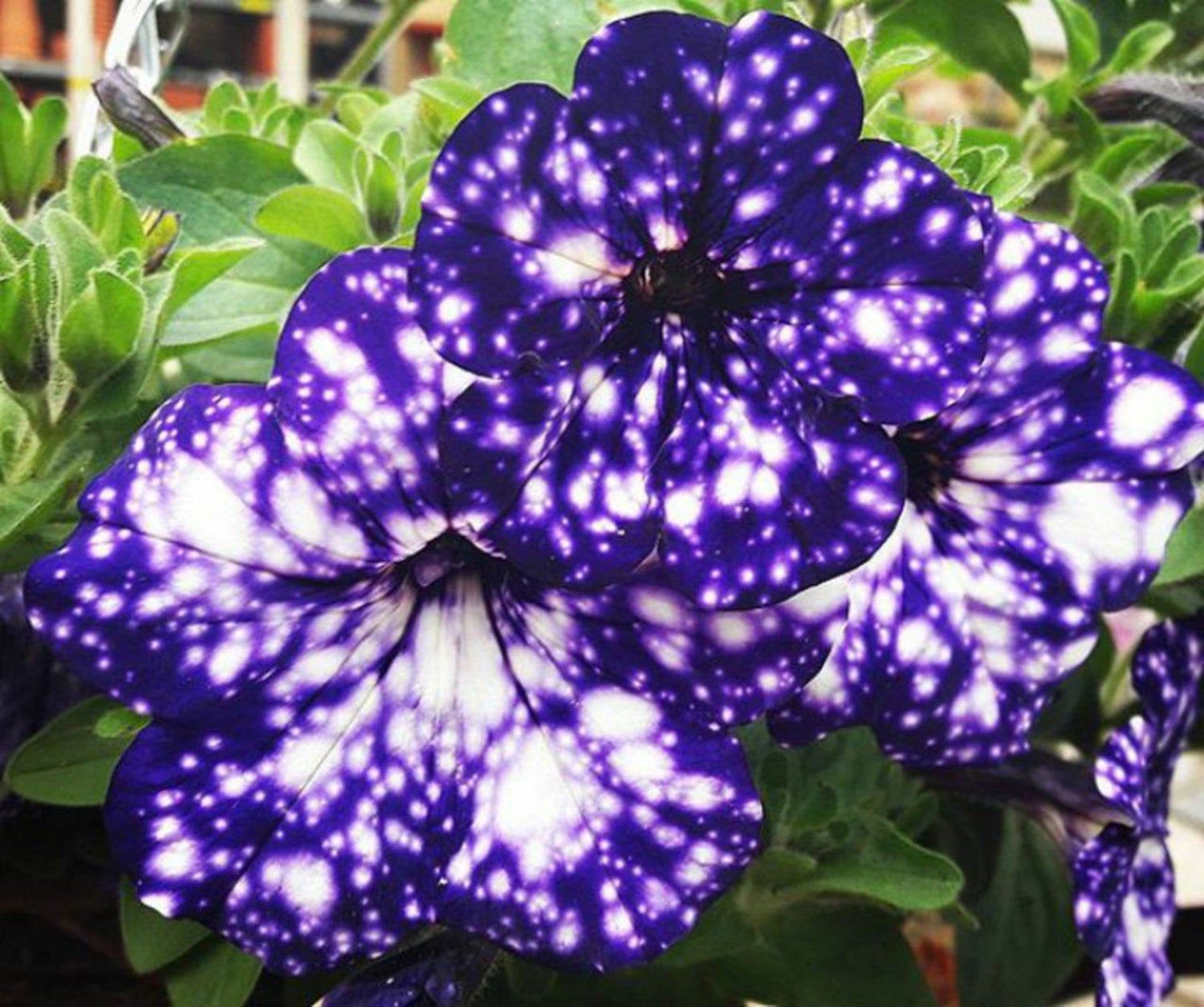
The Petunia Night Sky, also known as the Galaxy Petunia, is a breathtaking flower that blooms in early summer, fall, and late spring. It has green foliage and comes in a range of purple, blue, and white shades. This annual plant is a popular choice for insect pollination because of its funnel-shaped flowers and sessile leaves. Its compact upright and sprawling growth habit makes it perfect as container fillers.
One of the most striking features of the Night Sky bloom is its bold purple petals with white dots that contrast beautifully with the light green leaves. The Galaxy Petunia can grow up to 25-41 centimeters in height and spreads at a width of 61-91 cm. To thrive, these semi-trailing plants require ample space between individuals, typically around 23-31 cm apart.
Apart from its beauty, the Galaxy Petunia has some interesting facts that make it a fascinating plant to cultivate. For instance, it was first discovered in 2015 by a Dutch breeder who spent years developing its unique coloring and pattern. Its mesmerizing appearance has also earned it the nickname “Starry Night” due to its resemblance to Vincent Van Gogh’s famous painting. Whether you grow it in your backyard or add it to a container garden, the Galaxy Petunia is sure to dazzle all who see it.

The Galaxy flower is an intriguing plant with distinct white markings on its petals. It’s worth noting that each petal pattern is one-of-a-kind, and the number of white spots varies based on temperature. Cooler temperatures produce mostly white petals, while warmer temperatures result in purple petals. However, a balanced climate consisting of warm days and cold nights can achieve both colors.
Another captivating flower is the Petunia, boasting an impressive array of colors, including red, yellow, pink, white, and various patterns. Notably, this celestial plant is closely related to tobacco, eggplants, and potatoes.
Bred in 2015 as an improvement on the Night Sky variety, the Galaxy flower has become one of the most desirable cultivars due to its exceptional qualities. These beautiful flowers serve multiple purposes, from decorating flower beds, attracting butterflies and hummingbirds, to providing a pleasant fragrance, serving as ground cover, and thriving as houseplants in containers.
Aside from their white speckles, Galaxy flowers come in other unique colors, such as magenta, lavender, and royal purple shades, accompanied by different sizes of speckles, giving the petals a glistening appearance similar to stars in the sky. When compared to the Galaxy rose, which has a holographic coating, the Petunia is more visually appealing and boasts a delightful scent.
Overall, Galaxy flowers are eye-catching plants with versatility, making them popular among gardeners and flower enthusiasts worldwide.
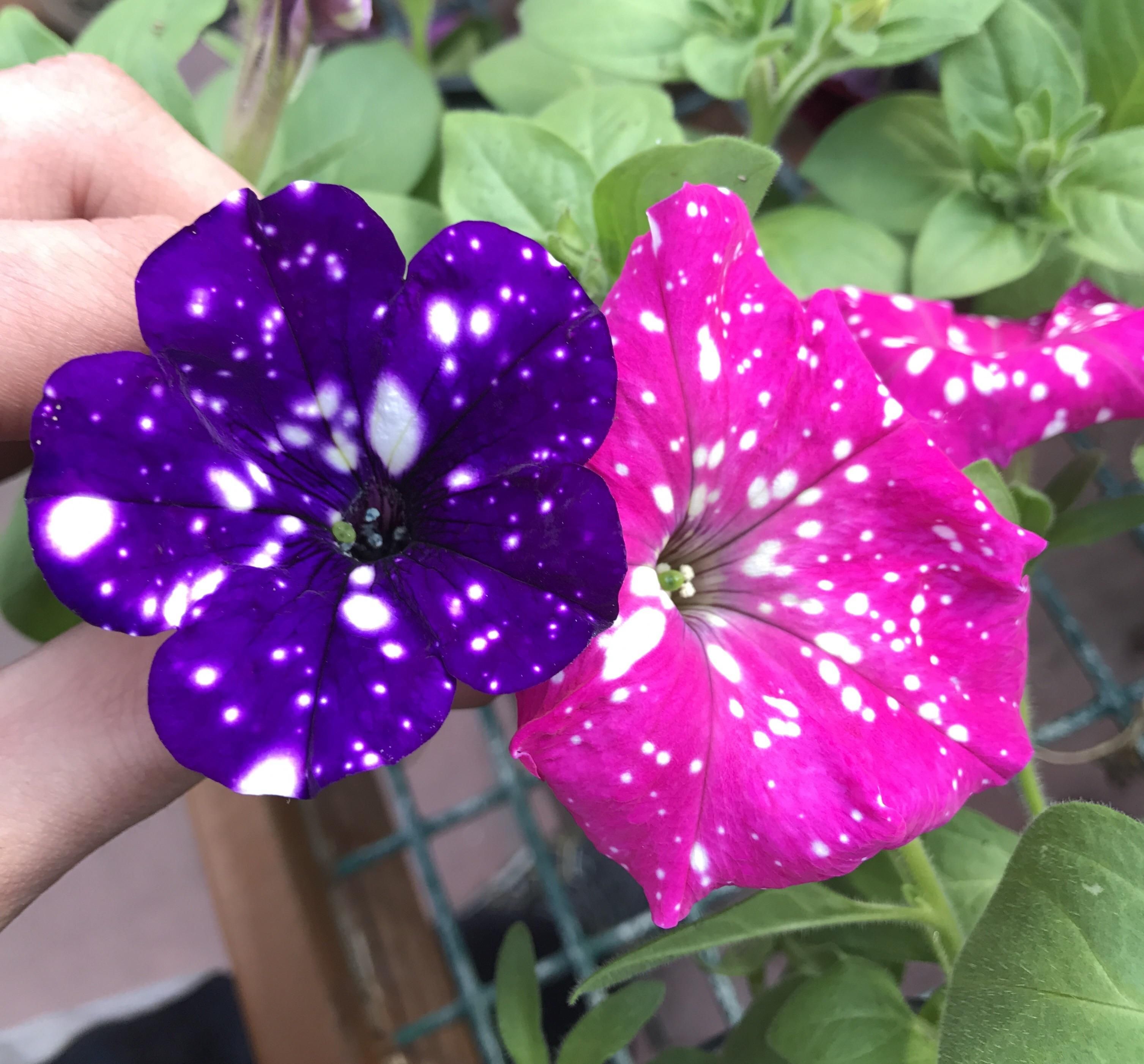
The Petunia family, belonging to Solanaceae, has a wide range of 35 different species including single and double-bloom varieties. The Galaxy cultivars offer three breathtaking types namely Night Sky, Pink Sky, and Violet Gemini. The Night Sky has deep purple flowers on dark grayish-green ovate leaves with sticky-hairy surfaces, making it an ideal mound-shaped perennial for container gardening or garden beds. On the other hand, Pink Sky has cherry hot pink blossoms speckled with white petals that change in density based on light exposure, soil pH, and temperature. Lastly, Violet Gemini showcases electric violet flowers with white splashes creating more consistently dazzling starry patterns than the previous varieties. Adding Celestial Petunia to your outdoor space, be it hanging baskets, planters, or garden beds, will give it an extra charming touch.
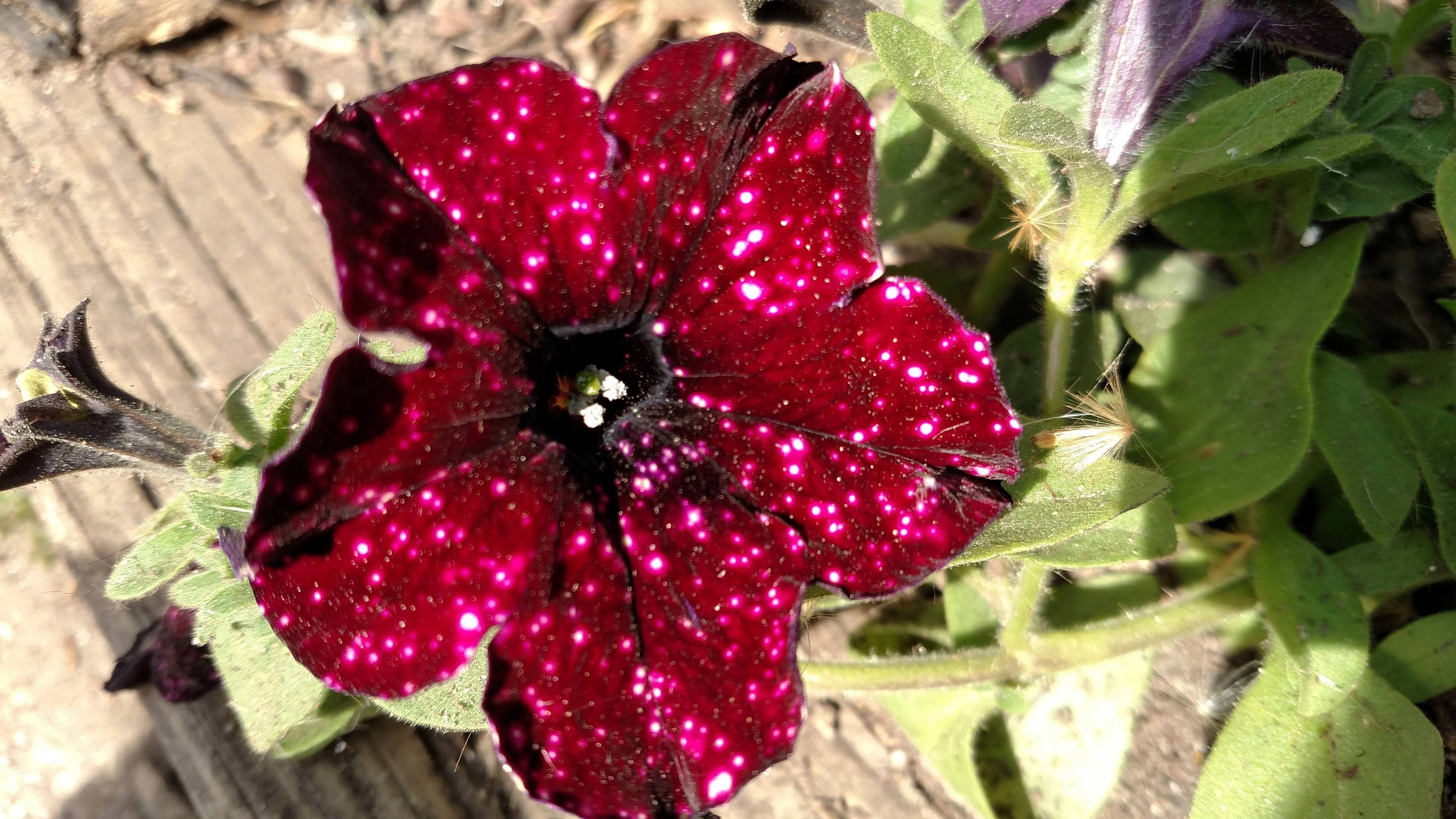
With the right care, Galaxy flowers can thrive for up to three years, which is impressive for an annual plant. To keep these magnificent blooms going, there are a few things you can do. Firstly, make sure to provide your Night Sky blossoms with proper care and attention. Secondly, shield the plants from low temperatures to preserve their vibrant colors for the following growing season. If you intend to grow Galaxy flowers in your garden, it’s best to transfer them to pots and keep them in a covered area like a garage or greenhouse. This will protect them from unforgiving weather conditions. Lastly, grow these plants as a greenhouse plant indoors before transplanting them outside for the spring season. With dedication and care, you can continue to enjoy the enchantment of Galaxy Night Sky flowers for many years.
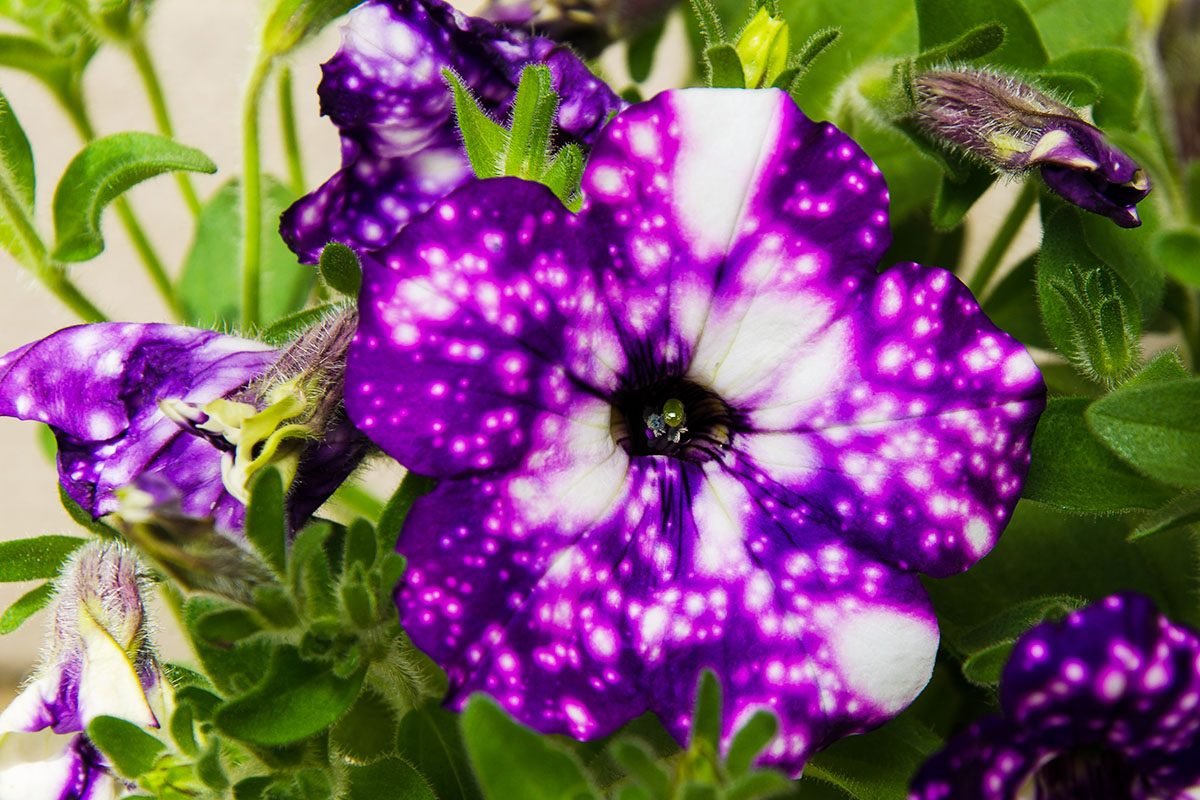
Growing Galaxy Flowers can be an easy task if they are provided with the suitable conditions they need. These exquisite blooms can be grown either indoors or outdoors without any fuss, and they don’t demand specific soil types. In this article, we will look into the details of how to cultivate Galaxy Flowers successfully.
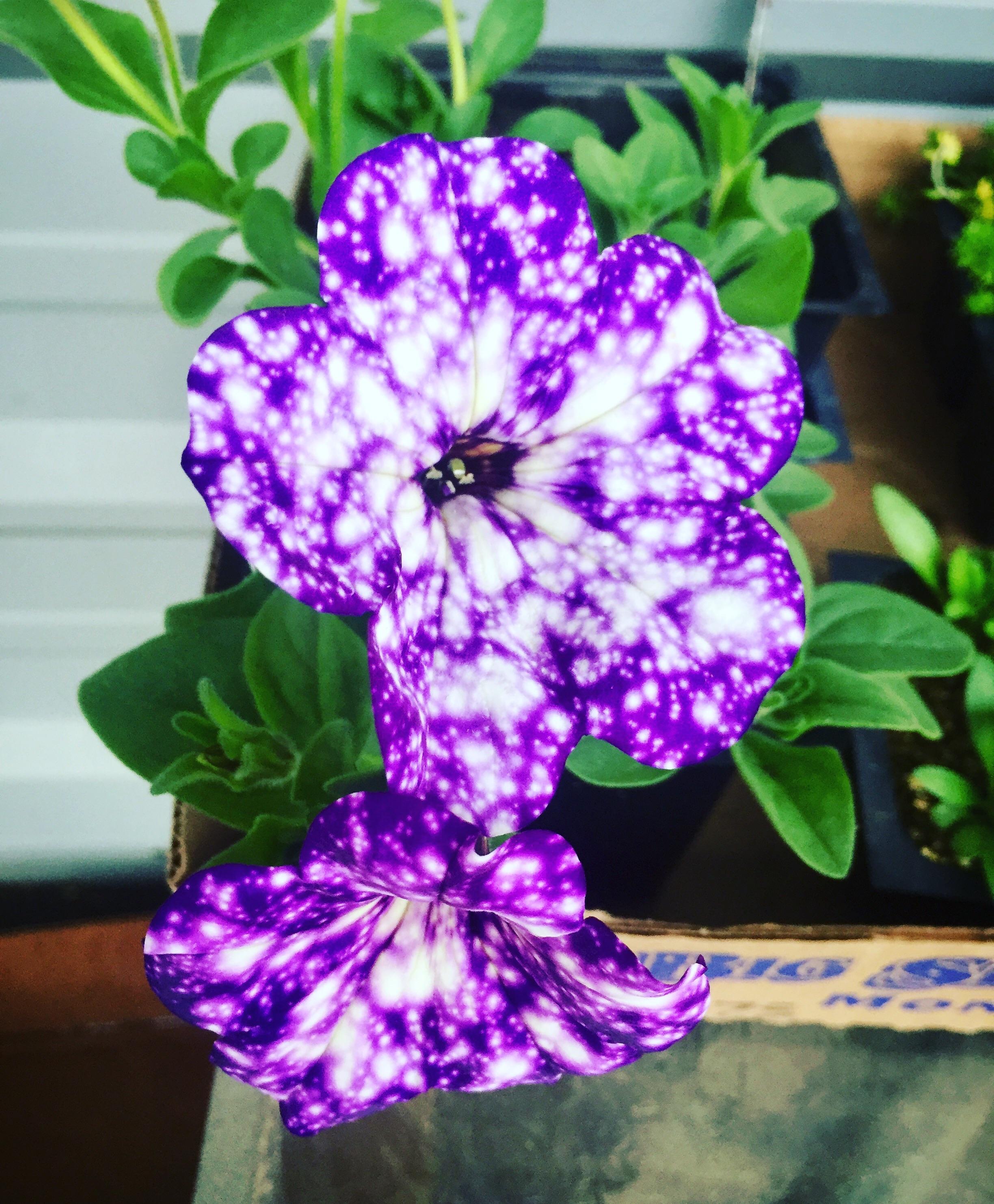
If you’re planning to grow Night Sky flowers in your garden, there are some crucial factors that you should consider. Firstly, the type of soil you have is important; sandy or loamy soil works best. Moreover, planting areas that get enough sunlight, are damp and well-drained, and contain nutrients are ideal. As far as soil pH is concerned, neutral, acidic, or alkaline will do the trick. Lastly, these flowers require full sun exposure for at least 5-6 hours per day. Also, it’s important to handle seedlings with care to ensure healthy growth and vibrant blooms.
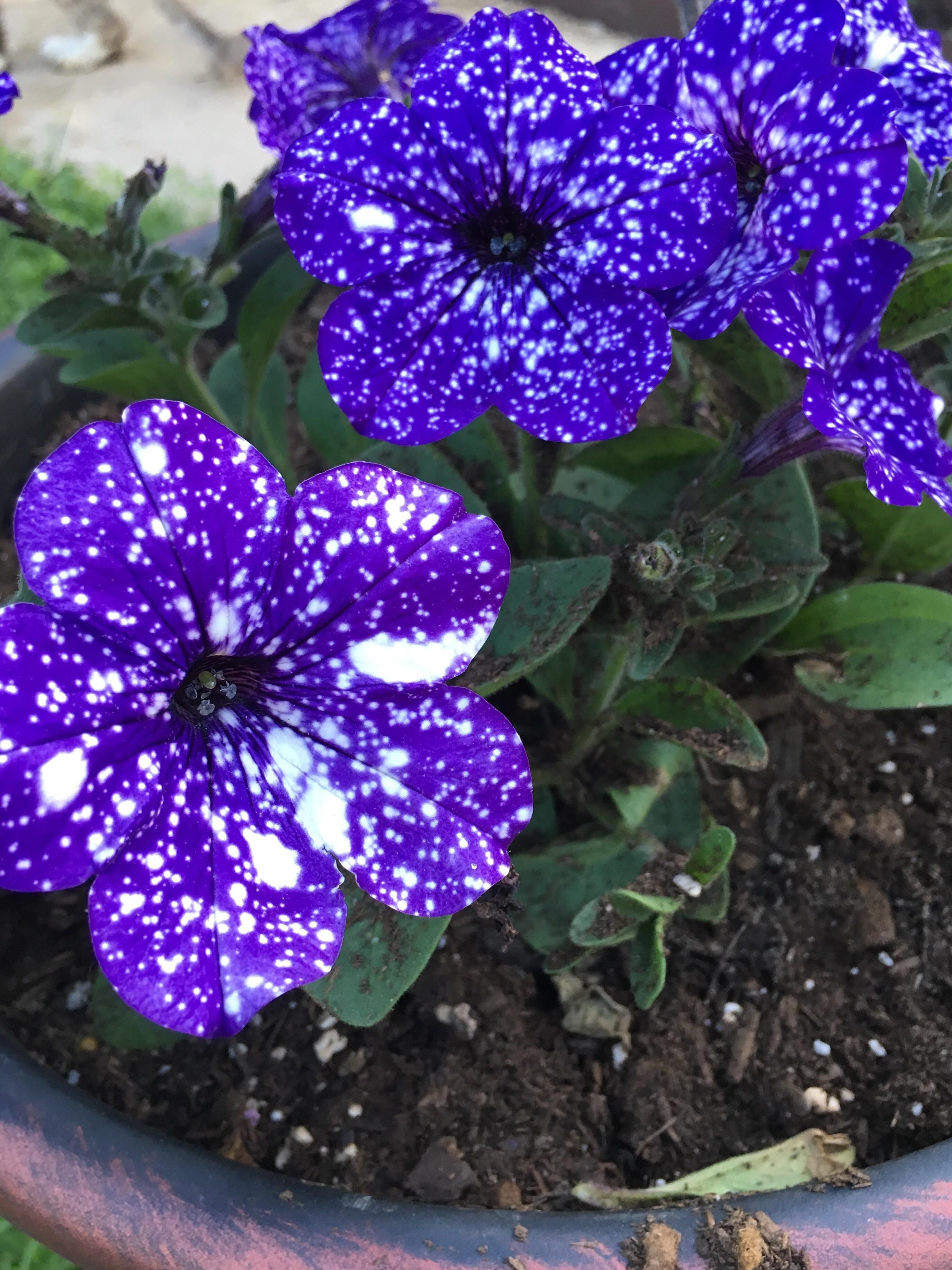
For successful Petunia cultivation, it is advisable to begin the process by sowing the seeds indoors early on. Once they have grown for about two months, you can transplant them outside. When dealing with seedlings, use a soilless seed starter kit and press the seeds gently into the formula. After about 14 days, the seedlings should start sprouting, and it is crucial to provide them with at least 16 hours of light daily. It’s best to use fluorescent lamps instead of incandescent bulbs to keep the plant healthy.
After the seedlings have grown their second set of leaves, it’s time to thin them out. Additionally, after one month, it’s necessary to feed them with a starter solution to promote healthy growth. Before moving them directly outdoors, expose the young plants to outdoor conditions by placing them in a sheltered area outside for seven days. Shield them from direct sun and wind to prevent damage. At night, protect the plants from frost or move them inside.
If you are cultivating potted plants in your garden, choose pots that are large enough to accommodate the plant’s roots. Ensure good drainage of the potting soil and that it is appropriate for the plant species. Give the plants proper sunlight, water, and nutrients as required. Finally, ensure that the pots are placed in an area where they will receive protection from extreme weather conditions.
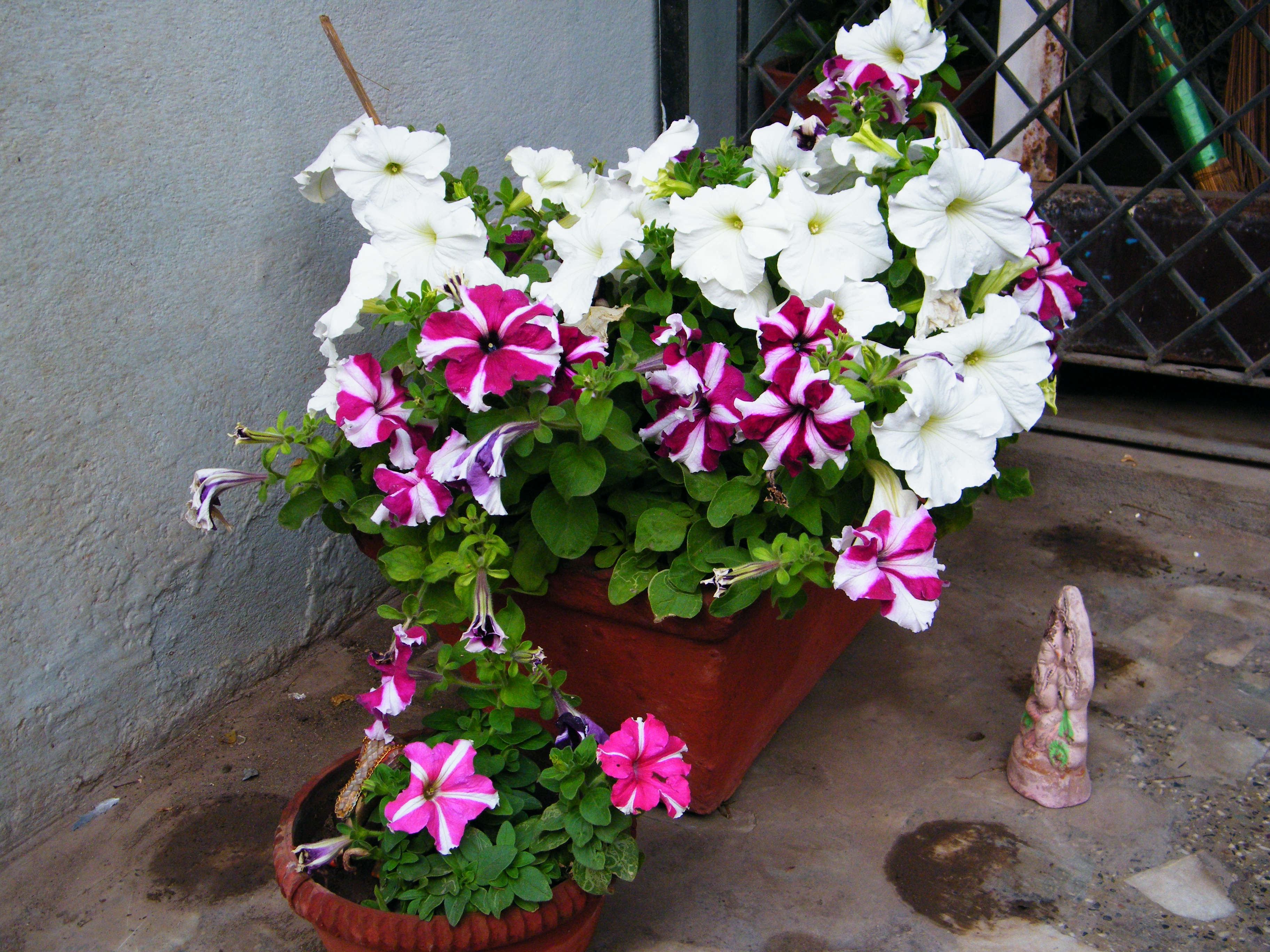
After successfully hardening off your plants, they become stronger and more resilient, making it the ideal time to transplant them into your outdoor garden. To do this, you need a spot with ample sunshine, good drainage, and a humid environment. Before preparing the soil, clear any rocks or grass from the planting area. You can add compost or organic matter to the soil surface or top it with mulch. Ensure that the plants are spaced about 15-30cm apart to allow for adequate growth. Dig a hole that is large enough to accommodate the root ball of each plant and cover the roots with soil up to the top surface, pressing down firmly with your hands. Water the plants regularly to keep them healthy and thriving. After transplanting your Galaxy Flowers, maintain a consistent watering schedule and give them plenty of sunlight. You may also consider using fertilizer or plant food to provide extra nutrients and encourage growth. By following these straightforward tips, you can enjoy the beauty and health of your flowers throughout the season.
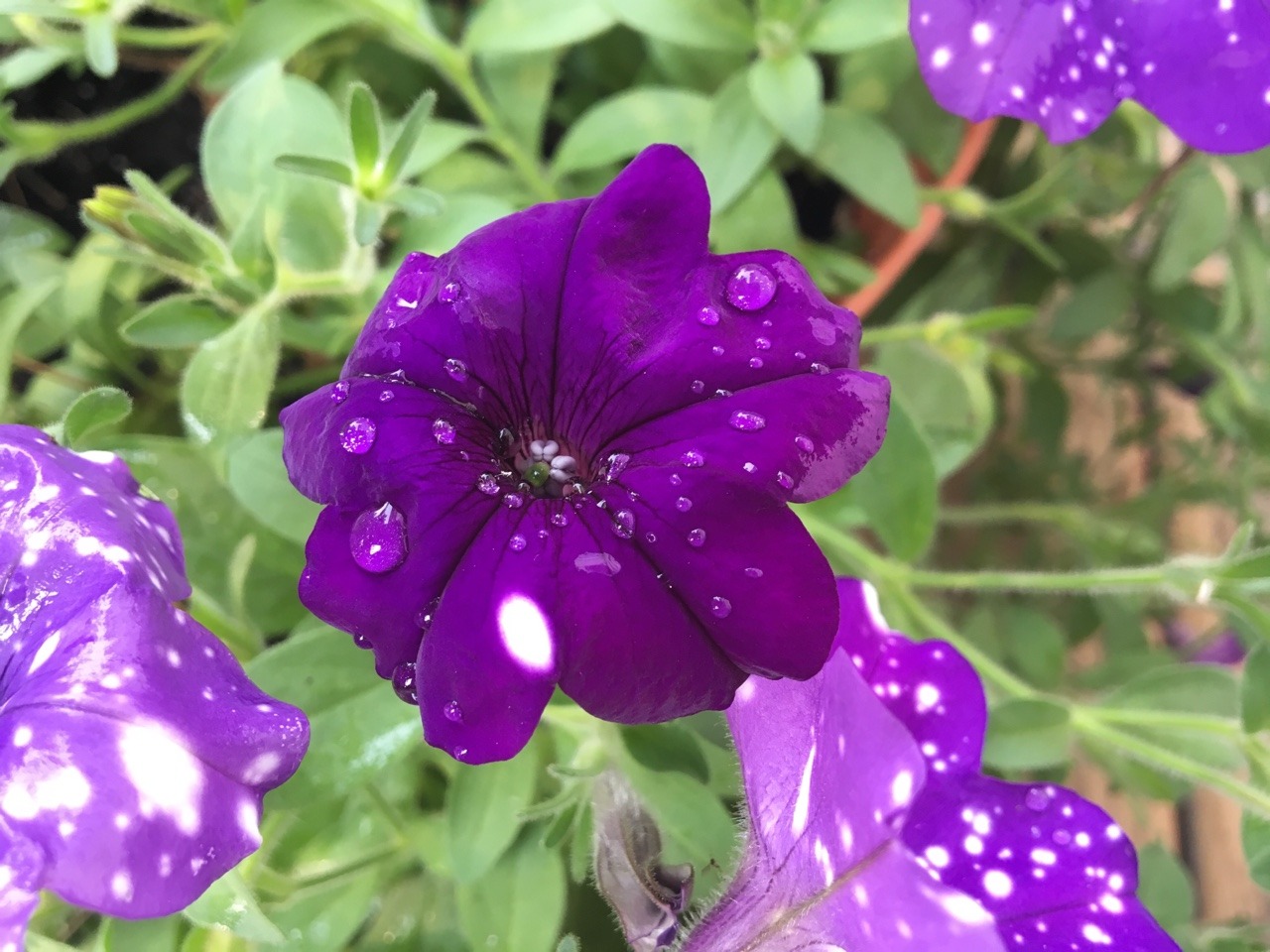
If you want your Galaxy Flowers to stay healthy and lush, it’s essential to perform regular maintenance and pruning during the growing season. For outdoor growth, make sure to fertilize every three weeks to encourage flower development. It’s also crucial to keep up with trimming and deadheading as necessary. Follow these tips to ensure the best care for your beloved Galaxy Flowers.
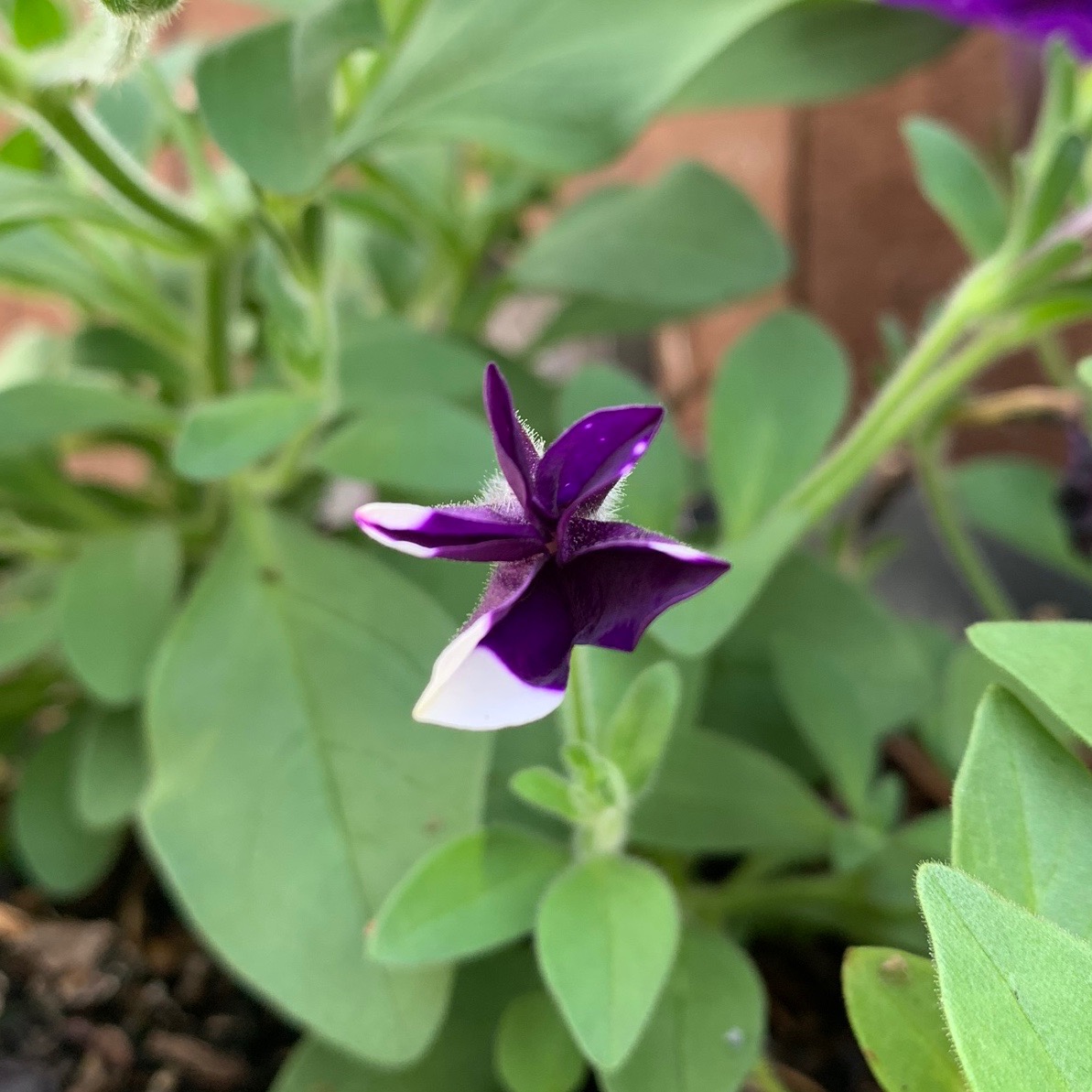
Maintaining certain elements and meeting specific requirements are crucial during the growing season. Here are some vital points to consider:
– Controlling weeds is essential as they use up the plant’s nutrients, water, and space. Frequent planting can prevent grass from sprouting.
– Mulching helps in retaining soil temperature and moisture.
– The plant stem must be protected from rot by covering it with sawdust or any protective material.
– Using a rain gauge can help monitor the plant’s water requirements.
– To avoid health issues, Petunias must be watered using a trickle or drip system instead of overhead sprinklers.
– Night Sky blossoms must be protected from hot sunlight and extreme wind.
– Proper air circulation among plants must be allowed.
– Pruning shoots promotes compact growth and branching.
– Removing deadheads helps in encouraging better and larger blossoms.
Moreover, effective measures for pest and disease control should also be implemented.
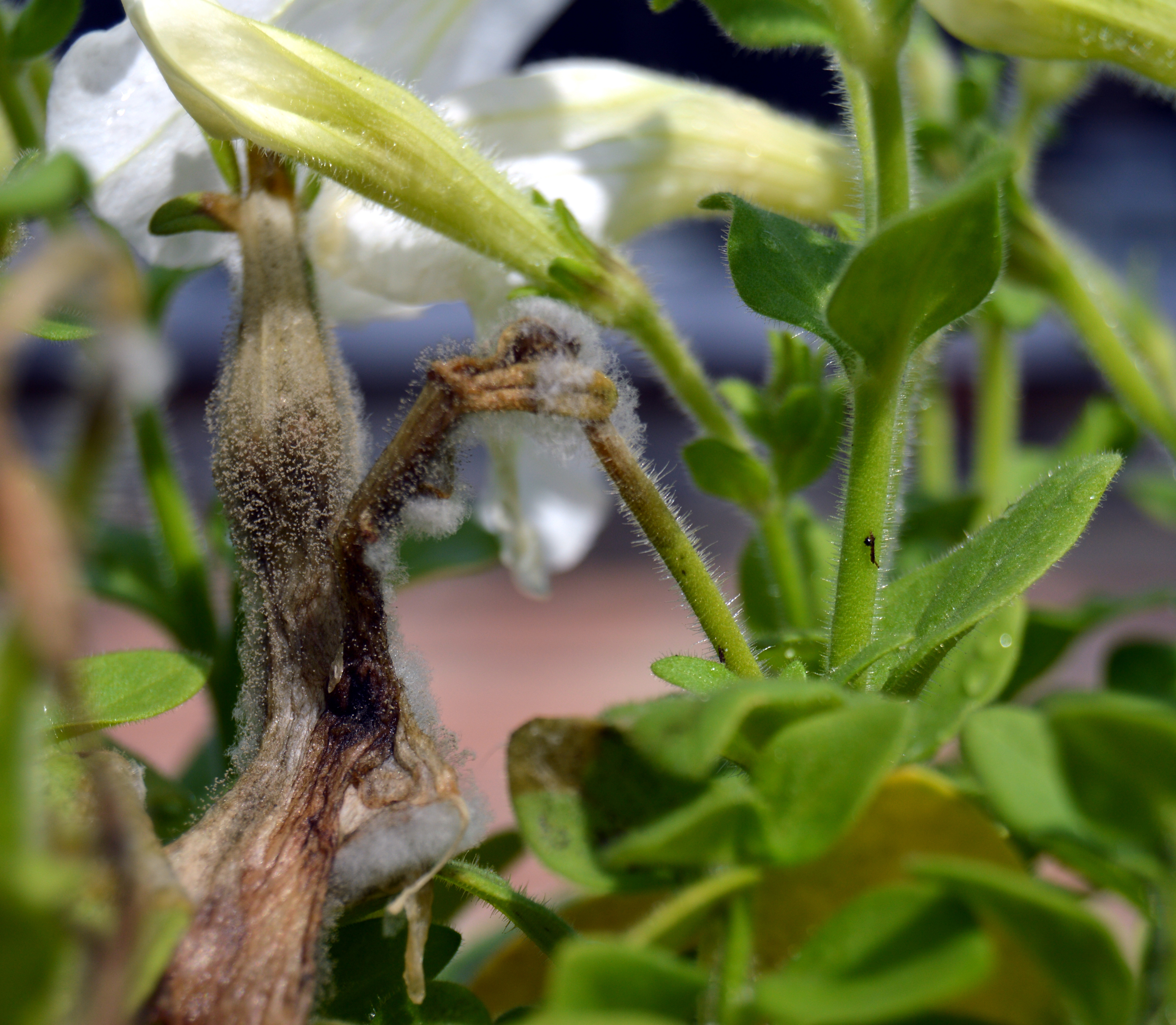
If you own a Night Sky Blossom, it’s crucial to regularly check for any diseases or pests that may damage the plant. Although this plant appears to be resilient and can endure neglect, these issues can still harm its overall well-being and development. Therefore, it’s essential to take proactive measures in safeguarding your Petunia.

There are many pests that can harm plants, such as caterpillars that munch on buds and leaves. You can usually find them hiding in dense foliage, but they can be removed by hand. Mites are another pest that can cause leaves to curl and flowers to wilt. Using neem oil regularly can help control their population. Thrips can alter the color of Galaxy flowers and spread viruses. Other common pests include slugs, snails, aphids, leaf-mining sawflies, and glasshouse whiteflies. Plants are not only vulnerable to pests but also various diseases.

In order to keep your Galaxy flower healthy and growing, it’s important to be aware of potential illnesses that may affect it. Here are some tips on how to prevent or treat specific diseases:
1. Botrytis Blight: This disease causes brownish-gray spores to grow on petals and leaves, leading to discoloration and spots. To avoid this, reduce watering when you notice the signs and prune any infected parts.
2. Root Rot: Overwatering or poor drainage can cause stem and crown damage, resulting in wilted leaves and soft stems. To prevent this, amend your drainage system and water less frequently.
3. Powdery Mildew: Poor airflow in a confined space can lead to white spores covering the leaves and flowers. Use neem oil as a treatment.
4. Viruses: Yellow spots, bullseyes, halos, and mosaics are typical symptoms of viruses affecting the Galaxy flower. Unfortunately, there’s no cure, but minimizing infection can be done by being mindful when trimming the plants and controlling small insects that carry the viruses.
5. Verticillium Wilt: This illness weakens the plant, causing sections to die or older leaves to wither before the younger ones. Expose the planting area to intense sunlight to reduce fungal infection.
By following these smart planting tips, your Galaxy flower will remain healthy and thriving!
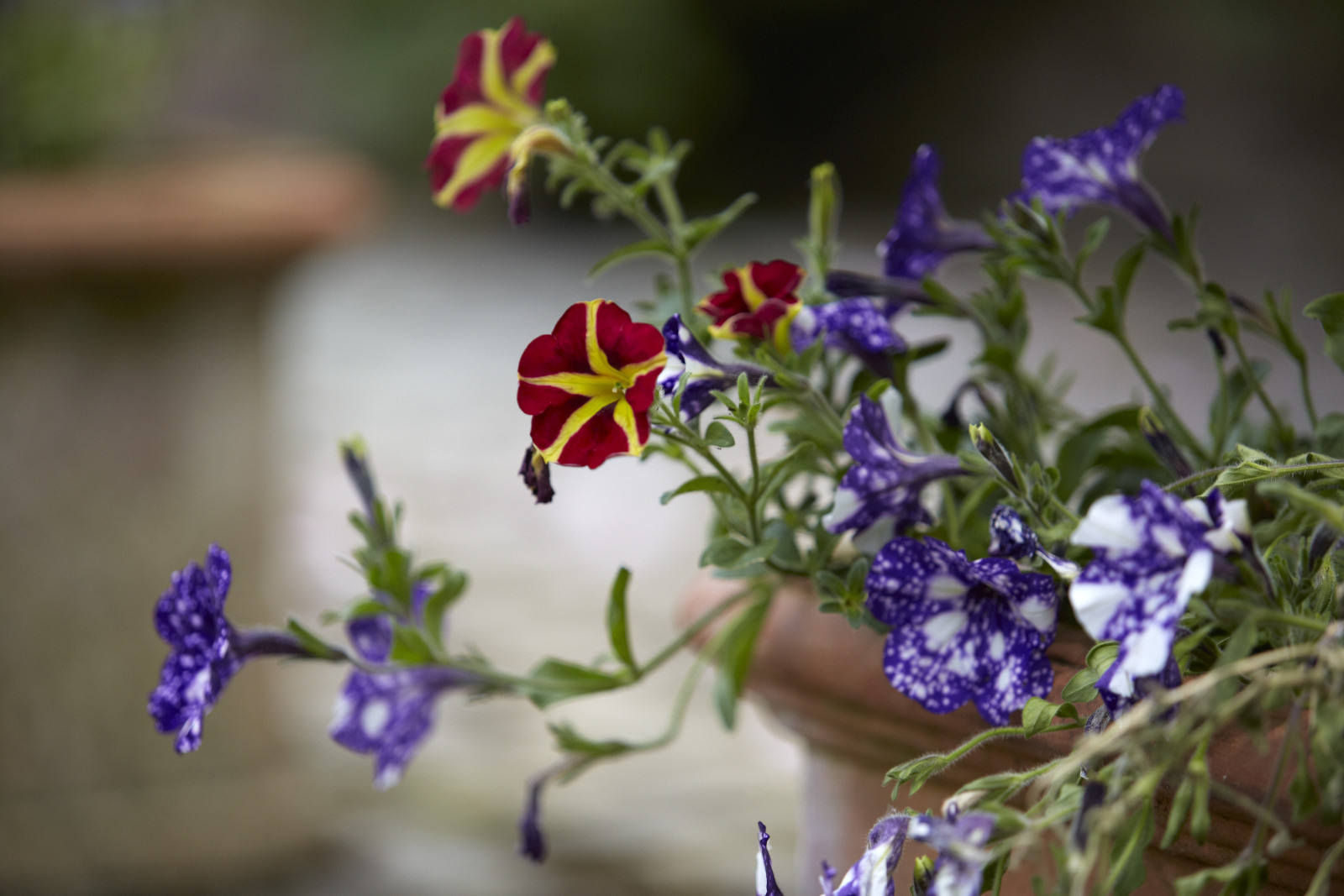
Cultivating the Galaxy flower can pose some challenges since it is sensitive to environmental changes. However, with some useful tips and tricks, you can successfully grow this stunning flower. Firstly, it’s best to plant it during the colder months of spring. The temperature affects the flower’s pattern, with colder temperatures inducing more starry blotches and warmer temperatures bringing out more purple petals. Adequate sunlight is crucial for encouraging blooming, so make sure to expose the plant to enough light. Low light conditions can cause leggy growth. Additionally, avoid using waterlogged soil in the planting area and use 10-10-10 fertilizer for constant blooming. Starting seedlings in late February is optimal, but mid-May or early-June is ideal for most areas. Watering should be done cautiously to prevent waterlogging and disease, while adding iron to the soil can improve its quality. For a captivating display, consider hanging installations to hide unsightly areas around your home. You may also want to plant companion plants that complement the Galaxy Petunia.
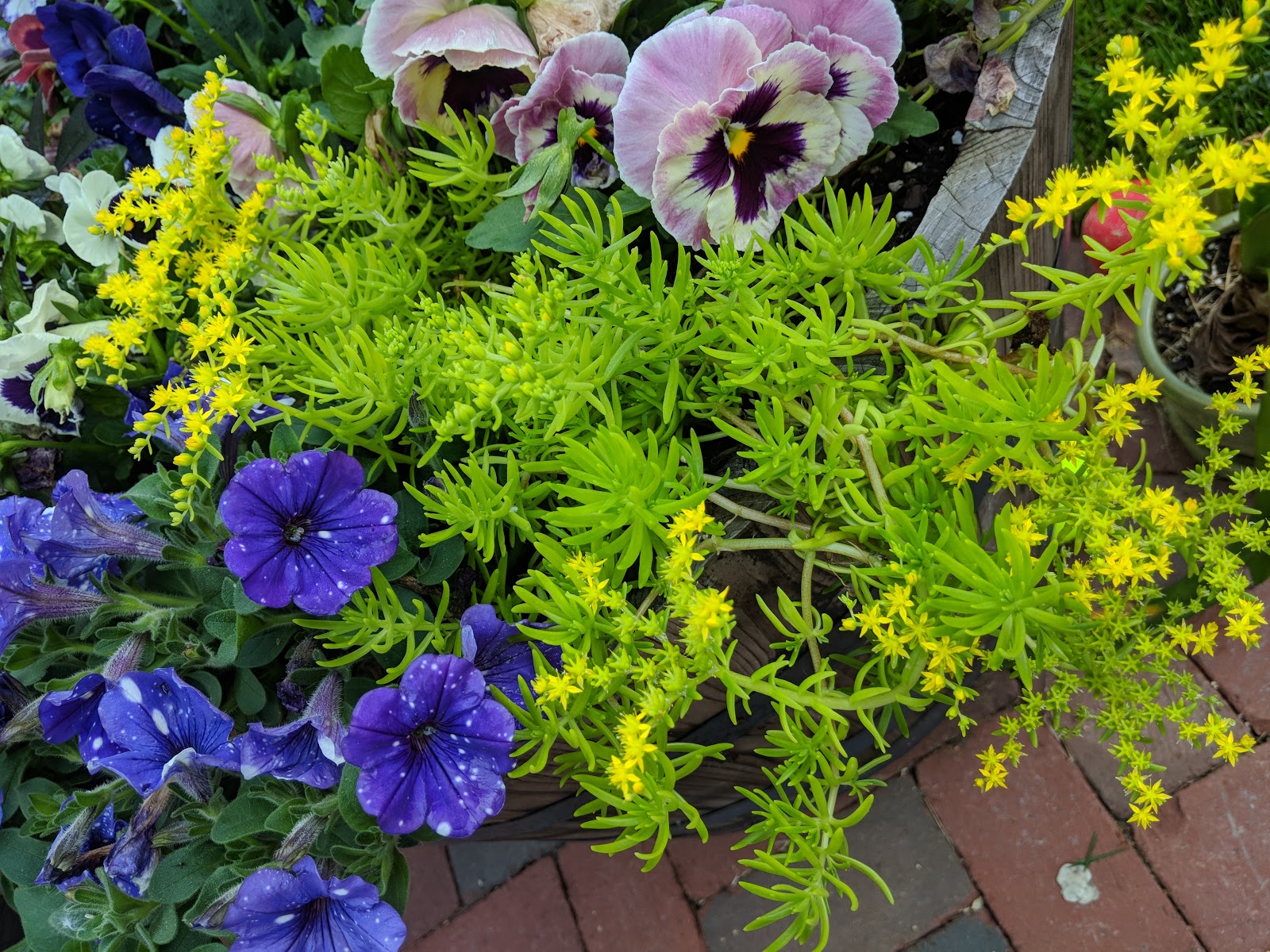
The Night Sky flower is a versatile and adaptable plant that can easily grow in various types of growing mediums, including raised beds, hanging baskets, containers, and pots. Its vibrant hues and white splashes make it an excellent companion for other plant species, especially vegetables and herbs. To create an appealing display, consider combining the Galaxy flower with other plants in creative ways. For example, you can plant different types of small Petunias in a hanging basket or choose taller flowers to display behind the low-growing Night Sky blossoms in a raised bed.
It’s essential to choose plants that provide season-long enjoyment and balance the vigorous growth of the Night Sky flower. Some great companion plants include candytuft, Lupines, Iris, Allium, Red Salvia, Black-eyed Susan, Daisies, Snapdaons, Bright Blue Lobelia, Delphiniums, and Orange Dwarf Zinnias. Calibrachoa, Verbena, and Bacopa are ideal for hanging baskets.
Ultimately, the Galaxy flower is a beautiful addition to any garden. It offers a cosmic spark to both outdoor and indoor spaces, making it an excellent choice for gardeners who want to add some unique flair to their plants. With its versatility and beauty, the Night Sky flower is sure to become a favorite among garden enthusiasts.
